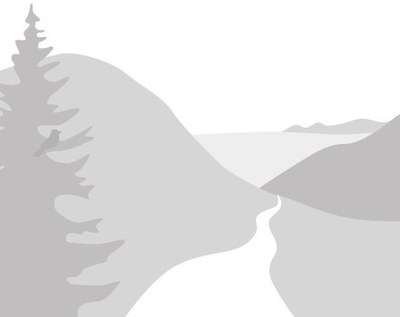
Trip Report
Mount Stuart/Cascadian Couloir
- Mon, Jun 30, 2014
- Mount Stuart/Cascadian Couloir
- Scrambling
Trip date: 6/27/14 - 6/28/14
Route Conditions: Trail to Longs Pass was mostly snow free. We were on snow most of the way on the other side from the pass to tree line. Below tree line, the trail followed a swollen creek then got lost for a short while in some avalanche debris. We crawled over it and found the trail down to the river. The log over the river has an improvised railing which made the crossing easy. Camp at the base of the meadows was spectacular. On the second day, we left at 4:30 a.m.; low clouds hung over the top of the peak. We hit hard snow near the bivy sites about 1500’ above camp. The exposed rocks up there were also covered in snow/ice from the previous day’s precip. The false summit was in a white out and the rocks between there and the summit were covered in light dusting of snow. The route didn’t look too exposed, so we decided to “go just a bit further” to see what it looked like. We went “just a bit further” many times until we reached the summit. After a ½ hour break in a whiteout, we returned to camp. We used a hand line to descend the steepest portion of the upper snowfield, backed down a bit more, and then plunge stepped our way back to the couloir. The descent to camp on the sandy boot path was easy.
Equipment: Ice axes, helmets, and crampons were necessary. We also ran a hand line with a 50m glacier rope down the steepest portion of the upper snow slope, because the run out was poor.
Summary: TH to Camp, 3 hours. Camp to Summit, 6 ½ hours. Summit to camp, 6 ½ hours. Camp to TH, 3 hours.
 0a1cdf26f245636fcdabee9f66dfe859309a
0a1cdf26f245636fcdabee9f66dfe859309a